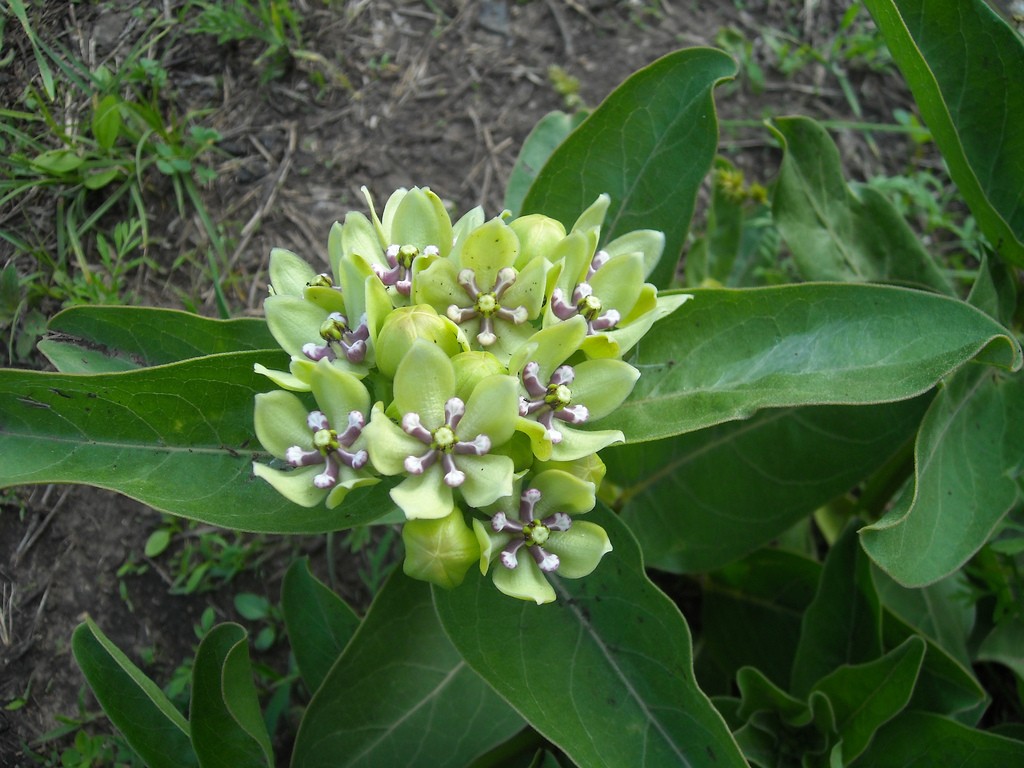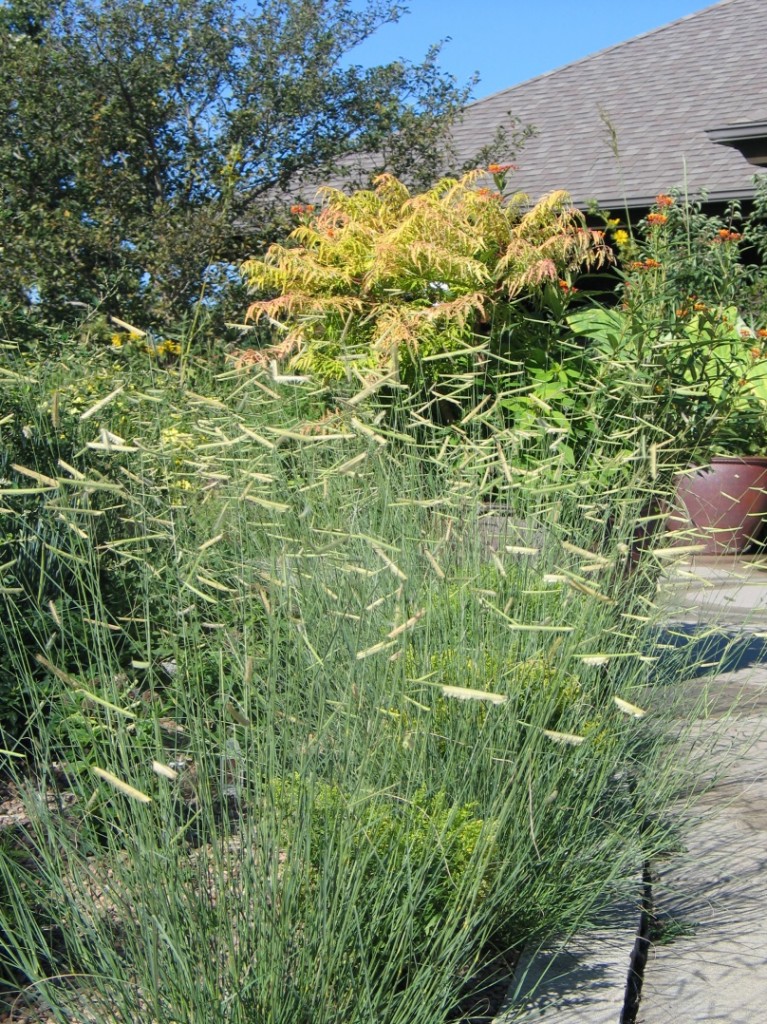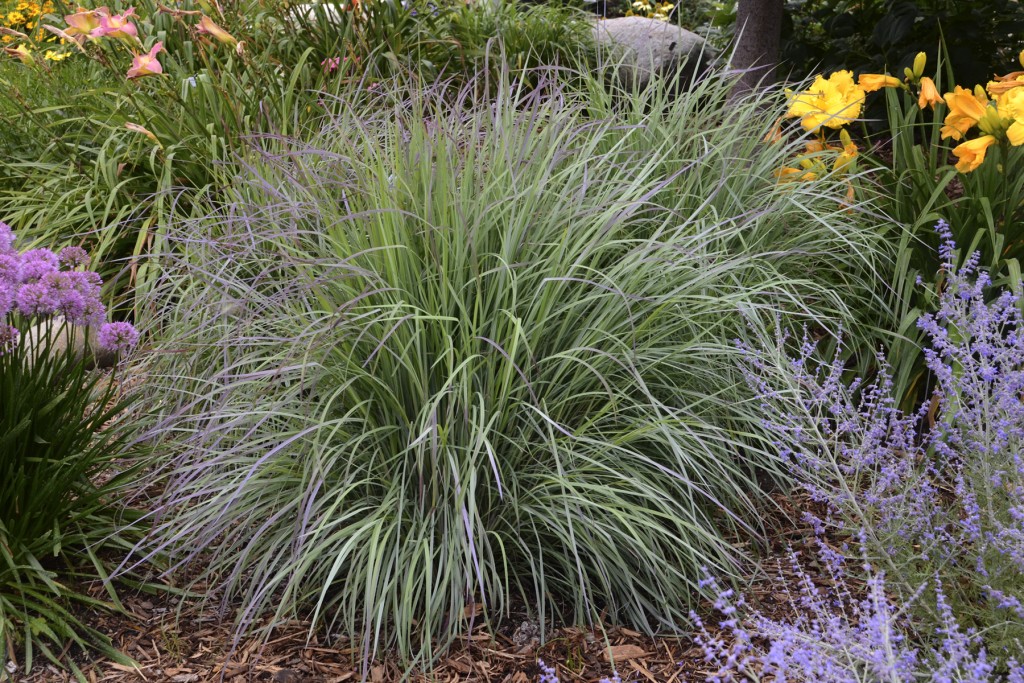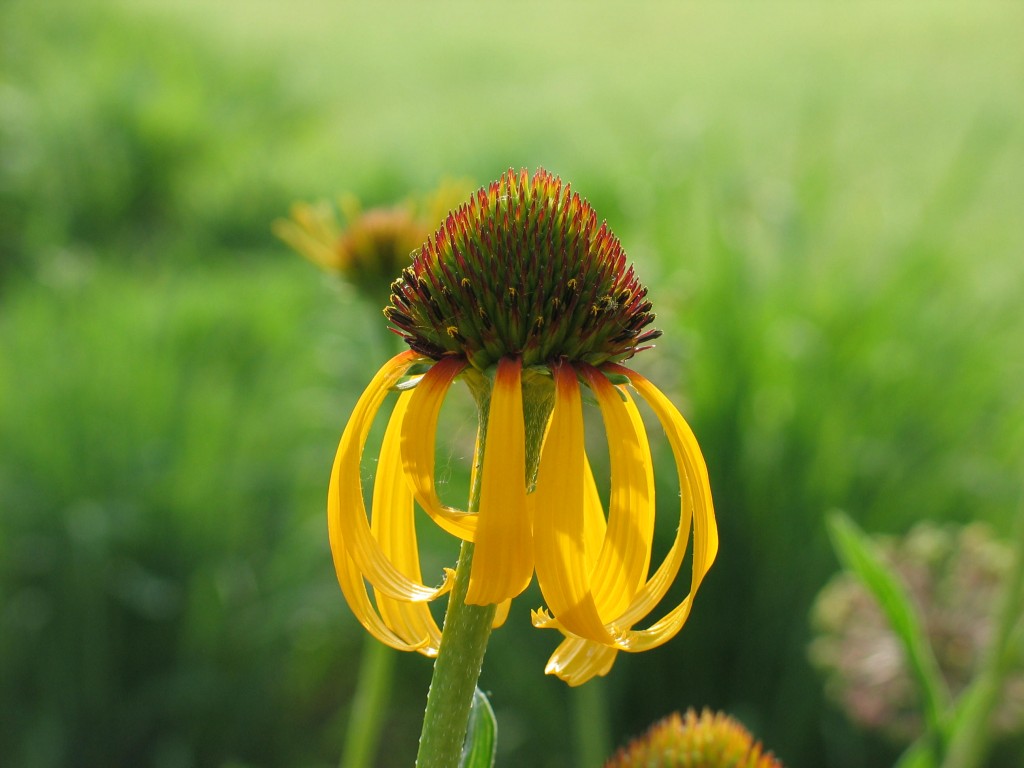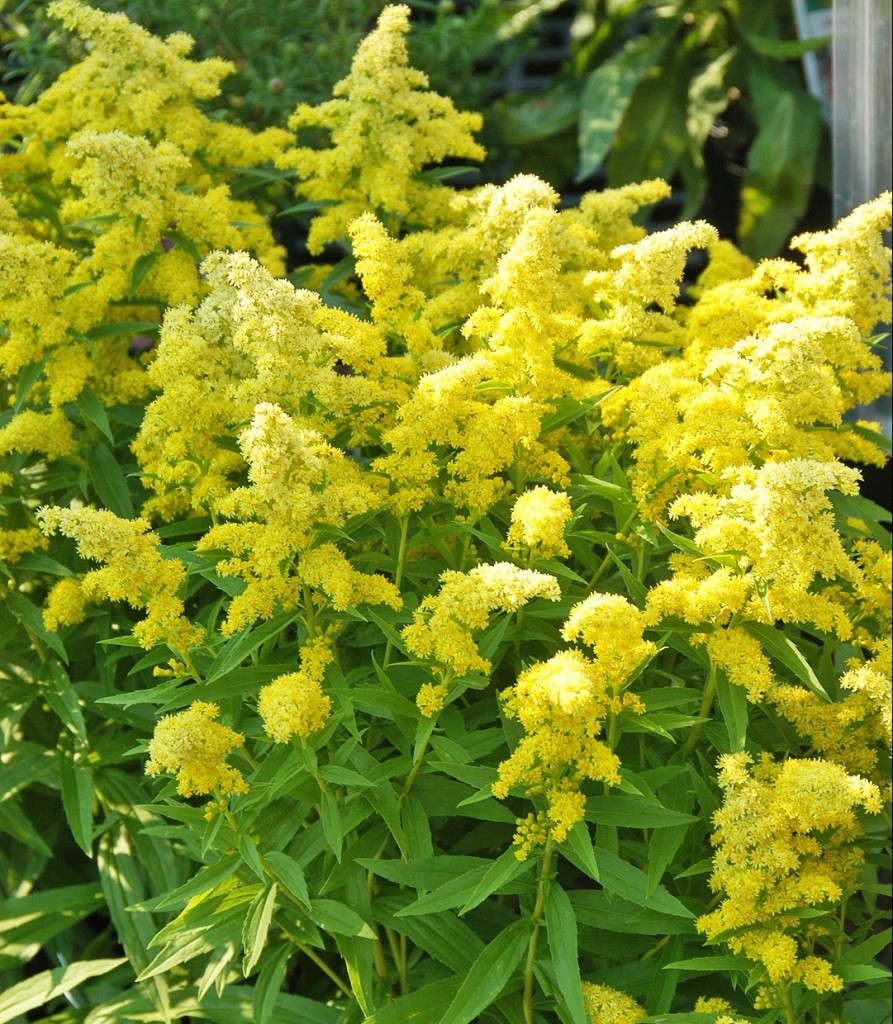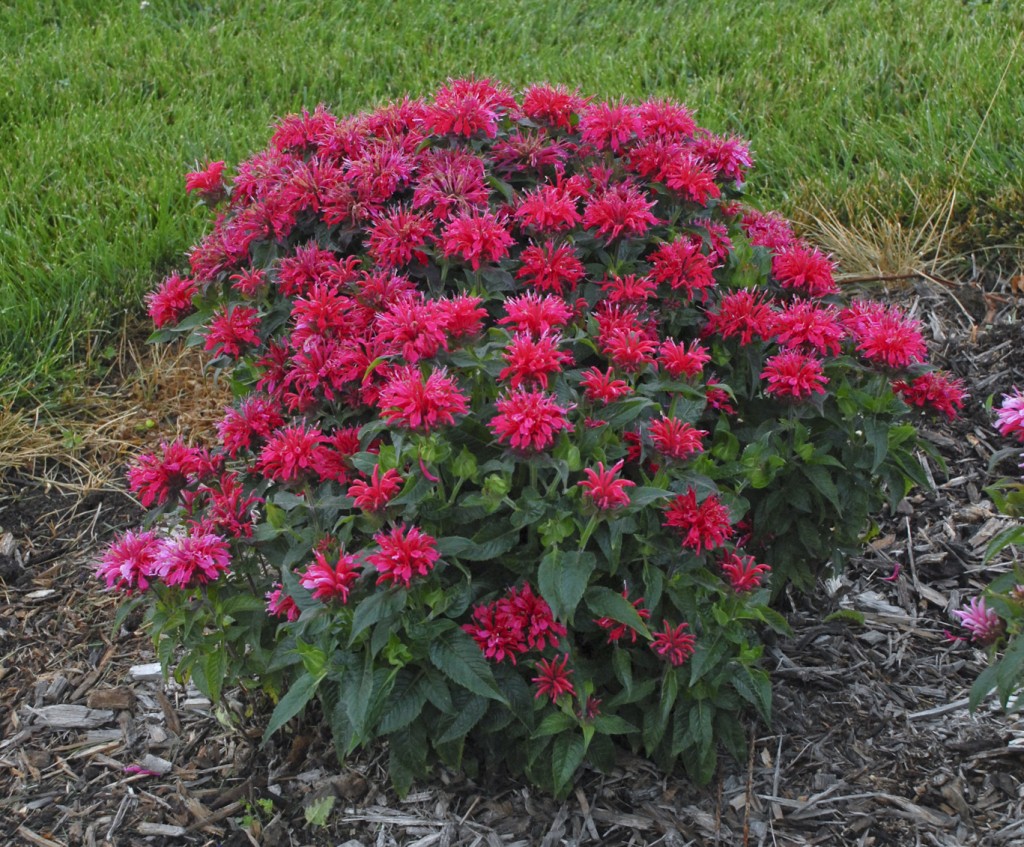Tube flowers occupy a special niche in the ecosystem. They cater to pollinators with especially long tongues, saving their nectar for the lucky few who can reach it. There are lots of tubular blooms at the Arboretum right now, so I thought we ought to take a tube tour and examine a few of my favorites up close.
Penstemon
With so many species to choose from, there is a Penstemon that’s right for everyone’s garden. Penstemon grandiflorus is a drought-loving species, shorter and with waxier leaves than its common, white-bloomed cousin Penstemon digitalis. Penstemon cobaea is the diva of the bunch: much showier and larger flowered, with flouncy pink bloom spikes that are more prone to falling over after heavy winds or rain (the floral equivalent of fainting onto a nearby chaise). But for all its drama, it is worth it for those huge, almost foxglove-esque flowers! All of them are a boon to hummingbirds in early summer.

Honeysuckle
There is good honeysuckle and bad honeysuckle, and you should learn the difference! Invasive honeysuckle can come in two forms: bush or vine. Amur honeysuckle (Lonicera mackii) is the bush that has taken over woodlands and displaced many of our native species. It spreads by birds ingesting the berries then *depositing* them into new areas. Forests full of this stuff have decreased value for wildlife, and become an impenetrable monoculture and a maintenance nightmare. A look-a-like species, Lonicera japonica, is a vine with a similar flower. This too is invasive in our area, and can be found climbing trees and toppling fences. If you have these species on your property, please eradicate them and replace with a native honeysuckle like Lonicera reticulata — all the beauty of clustered, yellow tube blooms, but without the nasty invasive qualities. Or Lonicera sempervirens, a red flowering vine that grows vigorously and attracts hummingbirds. Both are drought hardy too!
Amsonia (Common name: Blue star)
These small, star shaped flowers all cluster together to create a showy head of light blue in spring. But behind each star is a tiny tube! I’ve seen hawk moths, also known as hummingbird moths, flitting around these things for weeks now enjoying their nectar. Amsonia is easy to grow and likes full to part sun. Amsonia hubrichtii is thin leafed, almost needle-like in appearance while Amsonia illustris has a broader, glossier leaf. Both are hardy and can stand up to wind and drought, with excellent fall color.
Monarda
Also known as bee balm, this plant has a unique, pom-pom style bloom made up of individual flower tubes. In Kansas you will most likely find Monarda fistulosa growing wild, in ditches or near streams and ponds. Monard bradburiana is a shorter, slightly better behaved cousin. Both like full sun and medium soil moisture. Monarda didyma is a common eastern US species, and does well here if given a bit of extra water. I’ve seen lots of bees, butterflies, moths, and hummingbirds on this one so it gets an A+ rating for pollinator attraction.

Tube-shaped blooms can be found everywhere if you start looking. They have a completely different structure than the classic radial flowers (roses, petunias) or composite flowers we are used to seeing (think sunflowers, echinacea, asters). The diversity of pollinators is as great as the diversity of flowers they feed on thanks to coevolution for thousands of years! Consider adding some tubular flowers to your garden, and enjoy their wacky, wonderful shape.

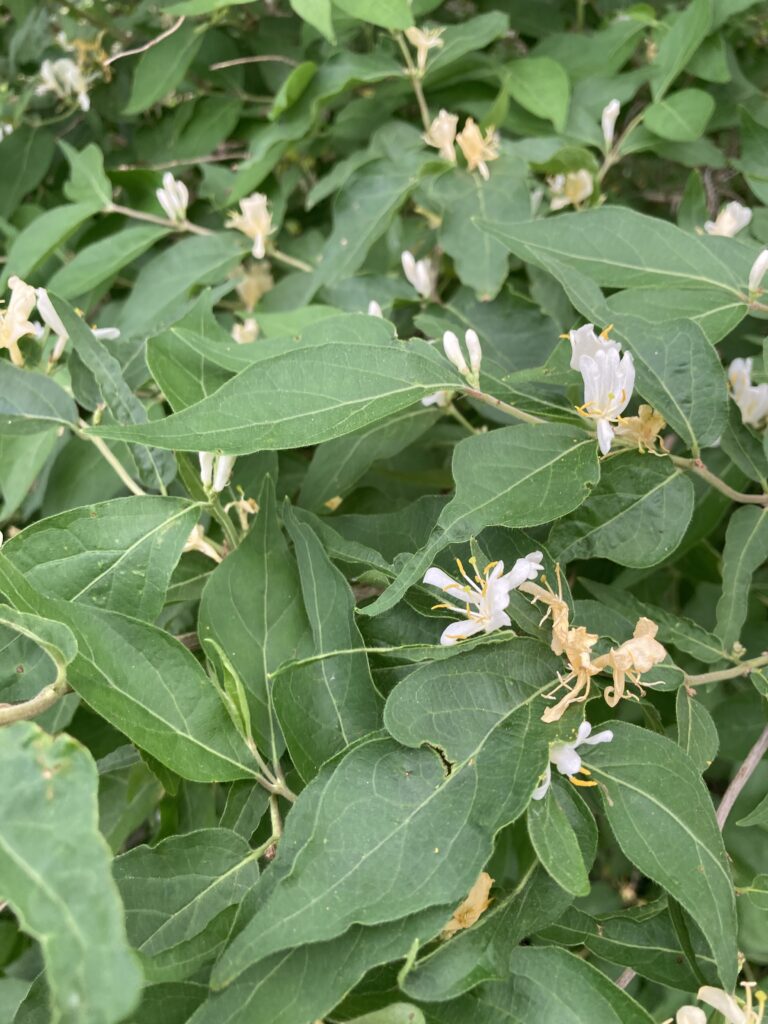
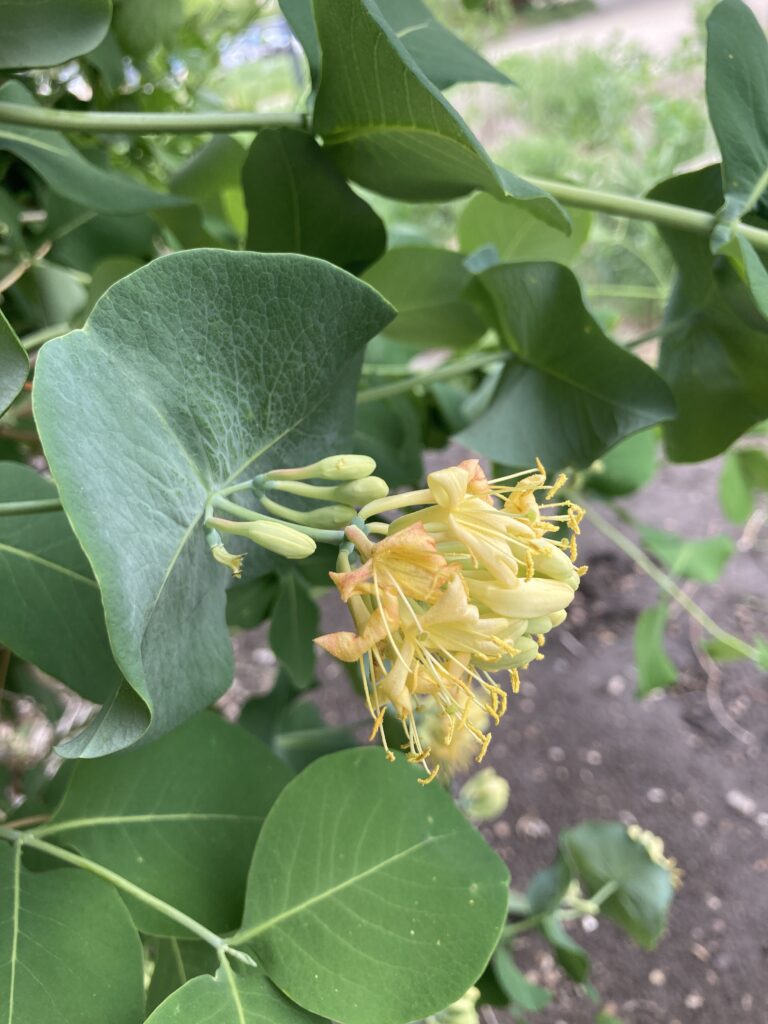

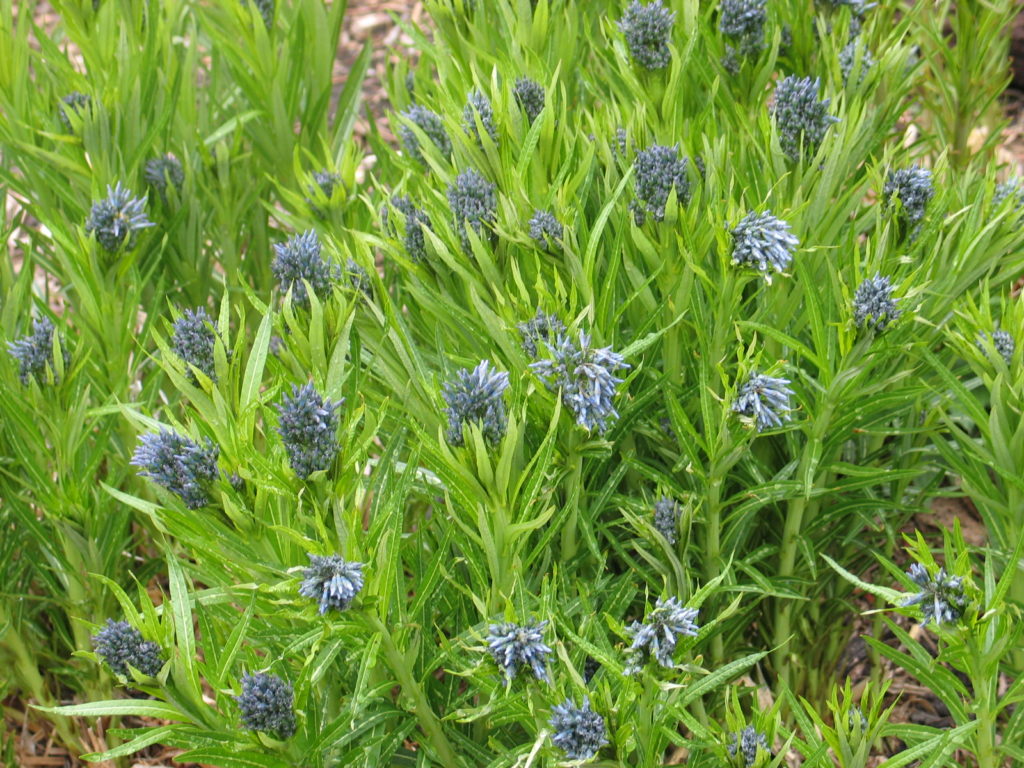



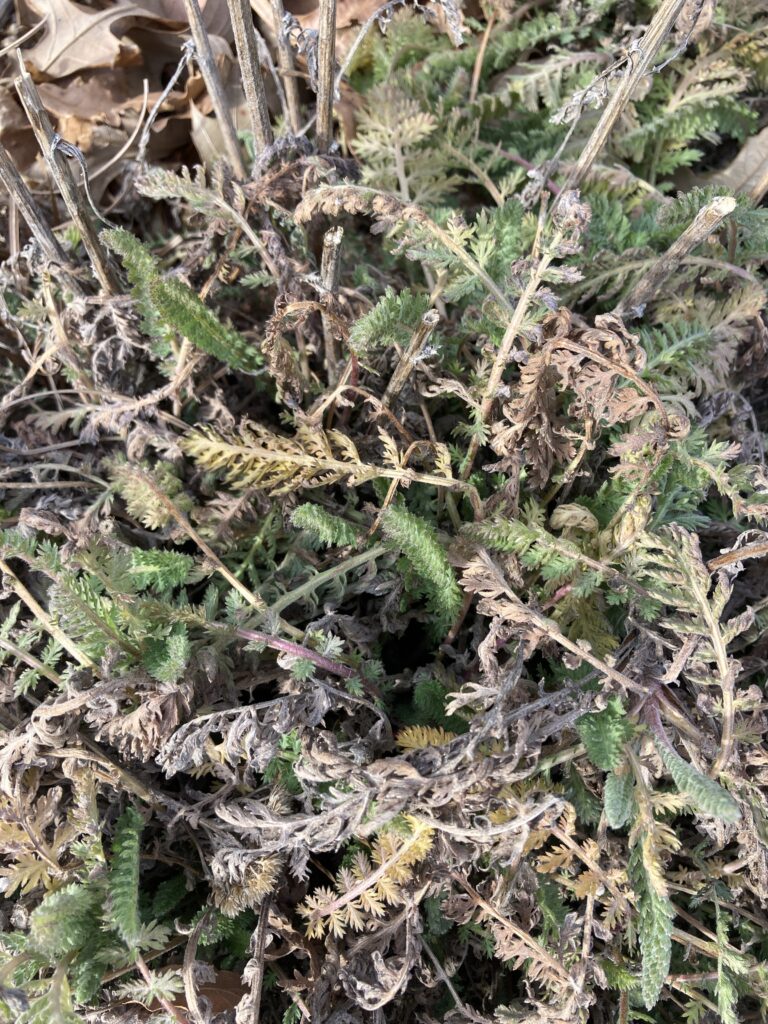
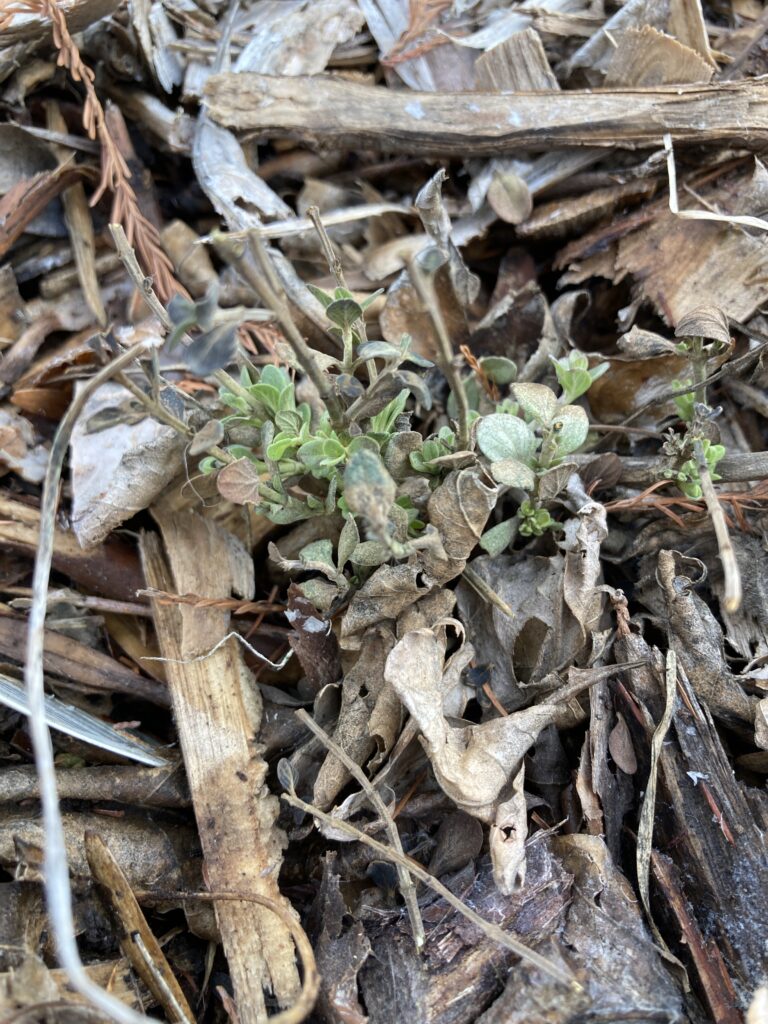

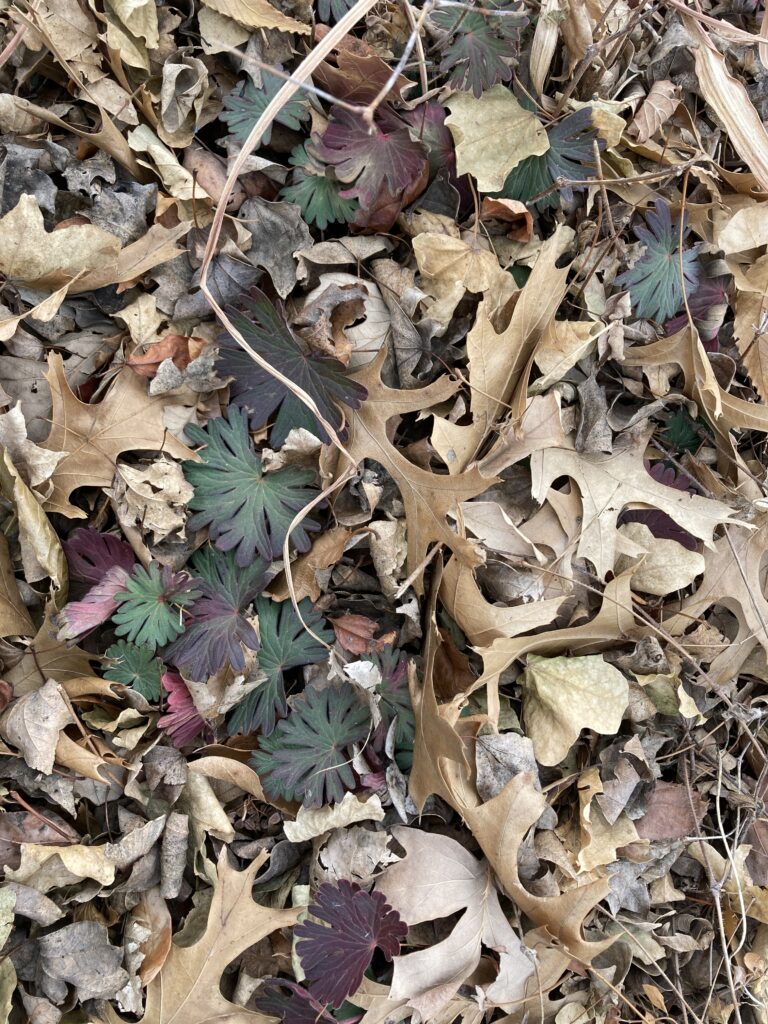
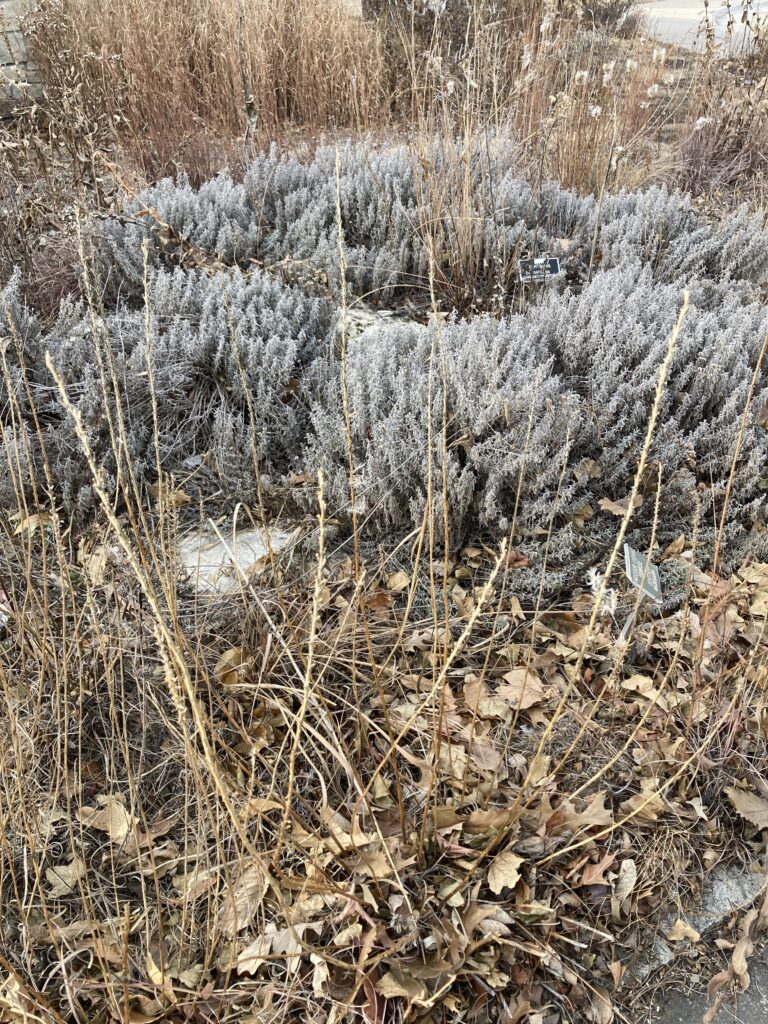

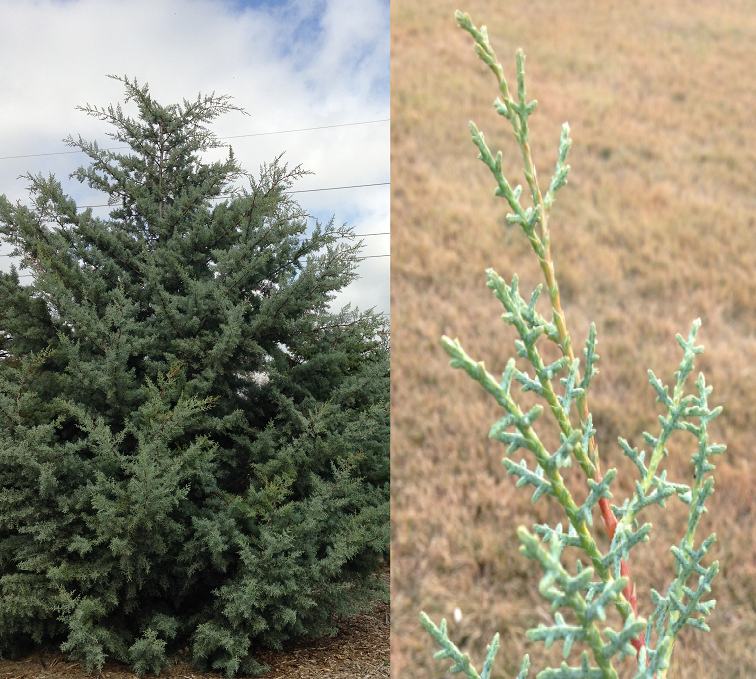
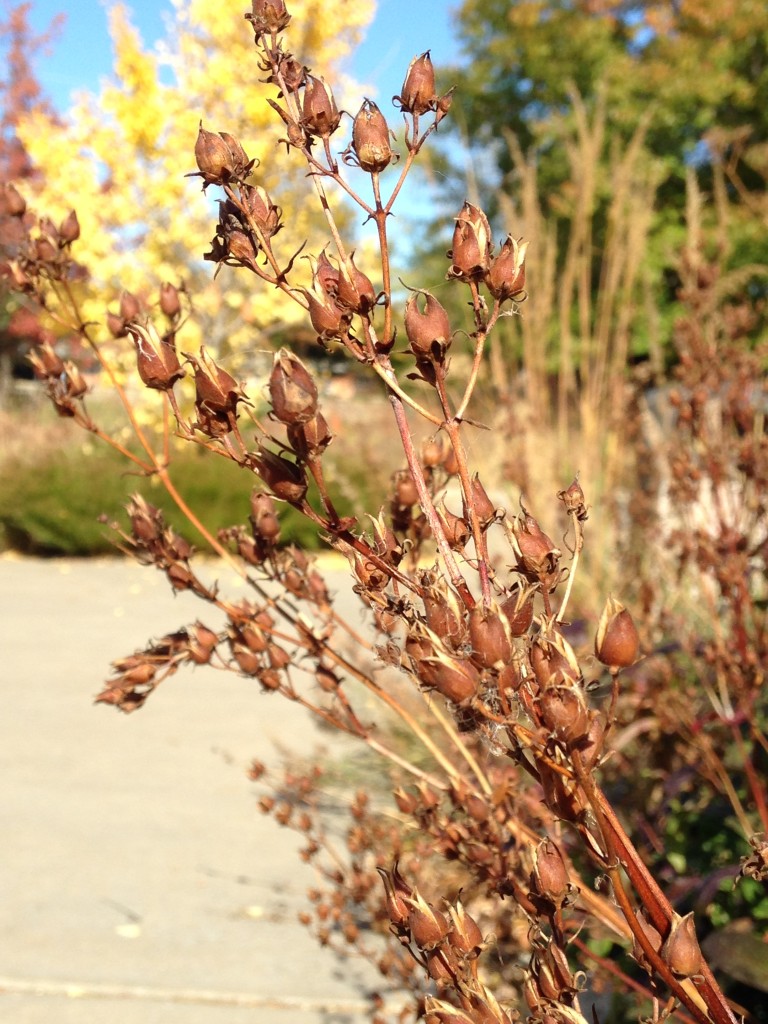
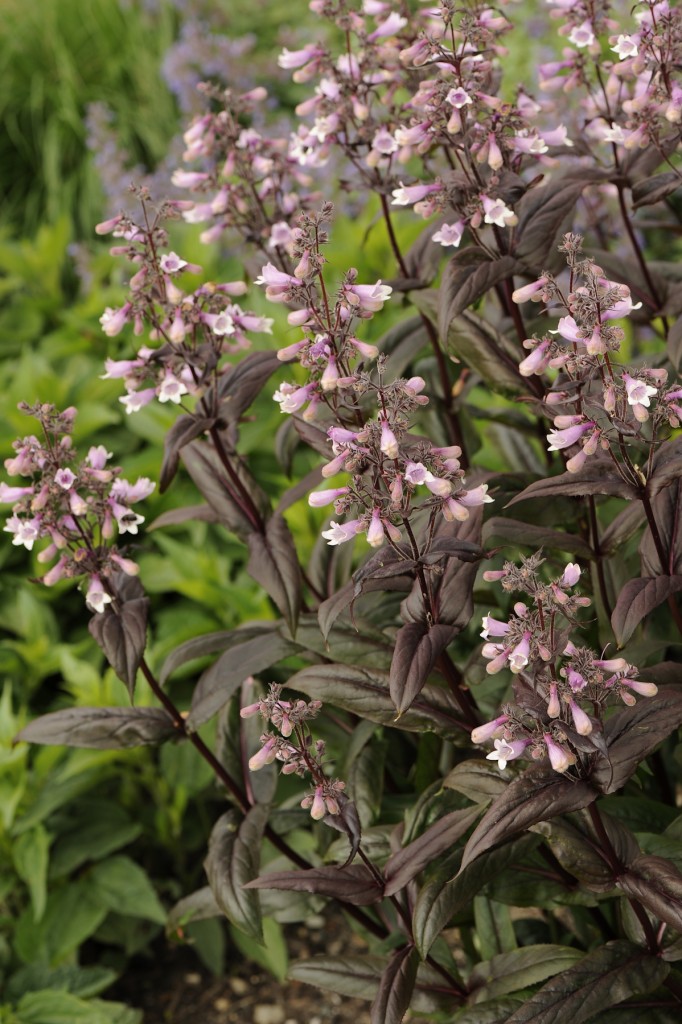
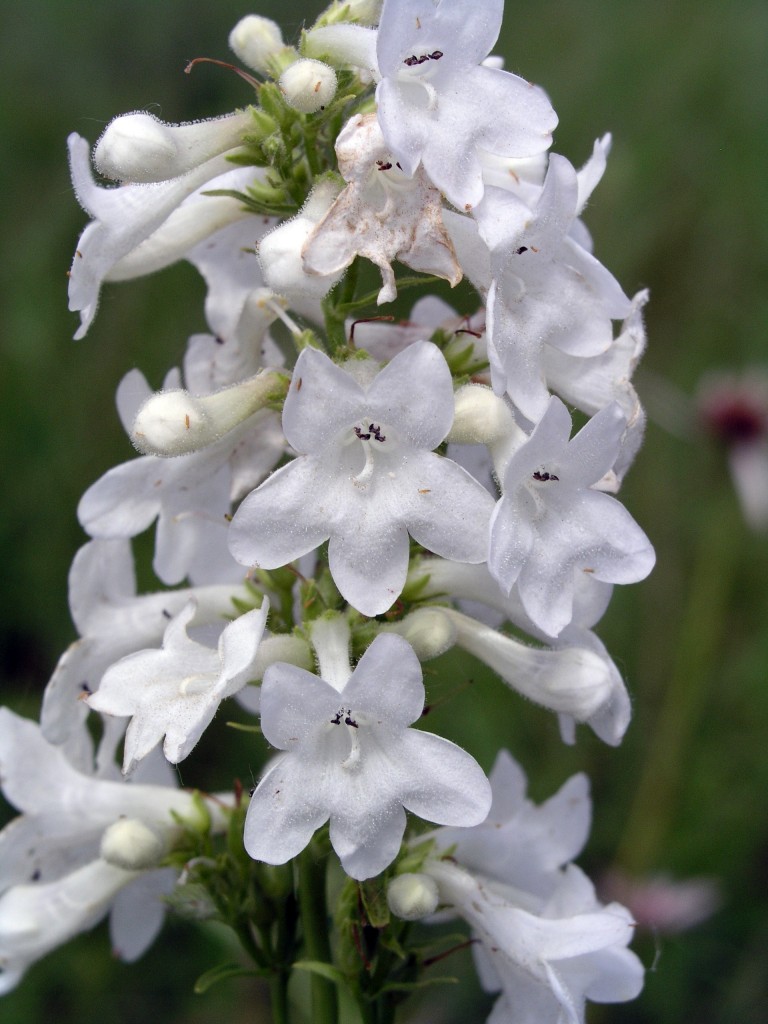
![IMG_2183[1]](https://dyckarboretum.org/wp-content/uploads/2015/05/IMG_21831-e1431533667908-768x1024.jpg)
